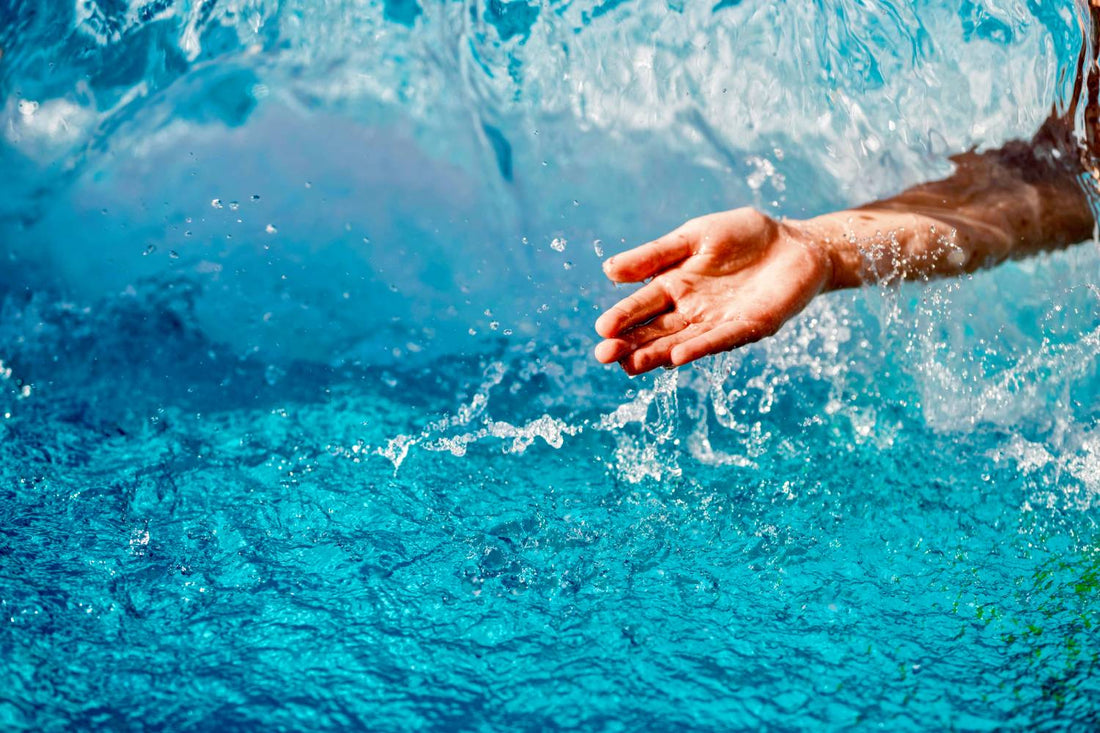Have you ever wandered along a snowy trail, only to stumble upon a flowing river or stream, even as the world around it lies frozen solid? It’s a curious sight: water in constant motion, seemingly immune to the ice encasing everything else. Why does moving water resist freezing, even when temperatures plummet below the freezing point?
The Science Behind the Phenomenon
The mystery of why streams and rivers continue flowing in winter has captivated hikers, nature lovers, and scientists alike. But understanding this wonder requires a closer look at the properties of water, how temperature affects it, and the role that movement plays.
Unlike ponds or lakes, which can freeze over with sustained cold, moving water behaves differently due to the energy required to alter its temperature and its continuous flow.
As we get into this fascinating topic, you'll discover why winter streams are more than just a picturesque scene—they’re a dynamic showcase of physics in action. Moreover, this resistance to freezing makes these flowing bodies of water important for the survival of numerous aquatic creatures through the harsh winter months.
The Physics That Keeps Water Moving
To fully understand why moving water doesn’t freeze, let’s begin with the concept of specific heat. Specific heat is the amount of energy needed to change the temperature of a substance.
Water has an unusually high specific heat, meaning it takes a significant amount of energy loss for it to freeze. Even when the air temperature falls below freezing, water needs more time and a greater, sustained drop in temperature before it reaches its freezing point of 32°F (0°C).
In addition to specific heat, another crucial factor is heat transfer within moving water. In a stream, for example, the water is constantly being replenished by new, warmer water from upstream. This continuous movement prevents the same section of water from losing all its heat and reaching a temperature where freezing would occur.
Essentially, the energy lost to the cold air is balanced by the energy carried in by the flow, creating a self-sustaining cycle that keeps the water liquid. However, not all moving water has the same resilience to freezing.
Slower-moving or shallow streams are more susceptible, as they lose heat faster, and their flow rate doesn’t bring in enough warmth to counteract the cold. Fast-moving water, like waterfalls and mountain rivers, however, has a constant influx of energy that resists freezing.
For these bodies of water to turn to ice, extreme, sustained cold over time would be required.
Factors that Influence Freezing in Streams and Rivers
✔ Flow Rate
The faster the water flows, the more resistant it is to freezing. The movement prevents the water from losing heat as quickly as still water.
✔ Water Depth and Volume
Deeper rivers and larger streams retain heat better, especially at the bottom, where the water temperature remains slightly warmer. Shallow streams, however, cool faster and may freeze more easily.
✔ Air Temperature and Duration of Cold
While short bursts of cold weather might freeze ponds or puddles, sustained cold is necessary for moving water to freeze. The colder the air and the longer it remains that way, the higher the likelihood that even moving water will begin to form ice.
✔ Turbulence and Ice Formation
Frazil ice can appear in fast-flowing water. Frazil ice is formed when small ice particles begin to develop in supercooled, turbulent water. These tiny particles of ice don’t immediately freeze into a solid sheet.
Instead, they form a kind of slushy mixture that floats along with the water, occasionally sticking to rocks or other obstacles to begin the process of creating a more solid freeze.
Moving Water Vs Stagnated Water
The movement of water isn’t just essential for preventing freezing; it’s also vital for maintaining cleaner, safer water. In stagnant water, bacteria, algae, and other microorganisms can multiply quickly, as still water creates an ideal environment for their growth. These organisms thrive in environments with minimal disturbance, forming biofilms and colonies that can compromise water quality and potentially introduce health risks.
By contrast, moving water disrupts these growth processes, preventing bacterial colonies from establishing and spreading. In nature, this is why rivers and streams are often clearer and contain fewer bacterial contaminants than stagnant ponds, pools or cold plunges.
Keep Water Clean With Chillers
A chiller that continuously circulates water not only prevents freezing by keeping the temperature regulated but also actively reduces bacterial growth by maintaining consistent motion. This constant circulation prevents water from becoming a breeding ground for harmful microorganisms, creating an environment that’s far less hospitable to bacterial buildup.
In addition to circulation, most chillers are equipped with filtration and disinfection systems—such as UV sterilization or chemical treatments—that further purify the water, ensuring safety and cleanliness. By preventing stagnation, the water is kept fresh and clear, ultimately enhancing the efficiency and lifespan of the equipment.
If you are also looking for chillers to keep your water cool and clean, you can find them at Ice Tribe. Get in touch with us to learn how you can get clean and disinfected water!

